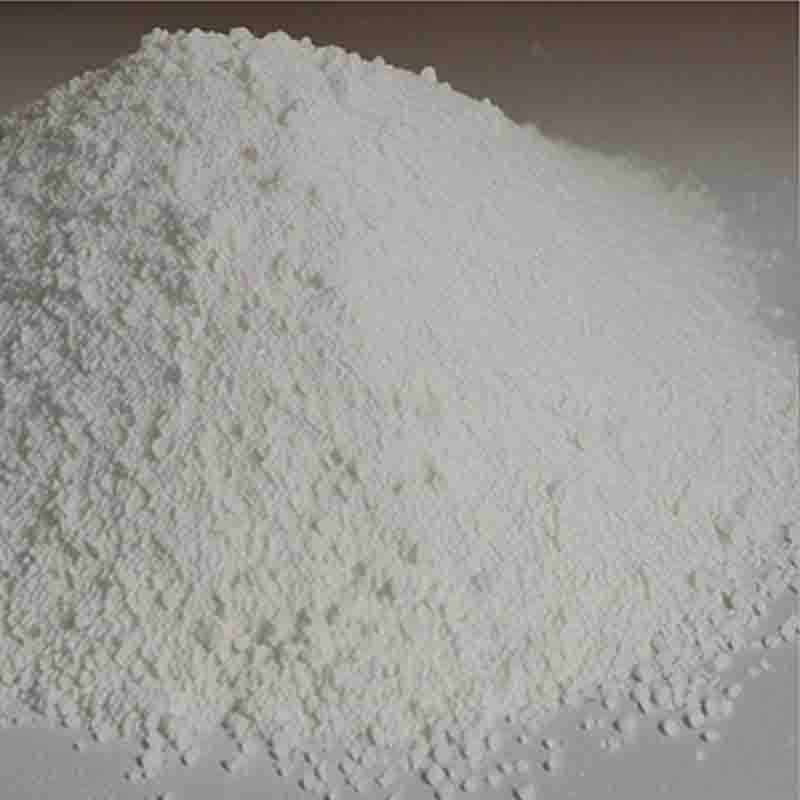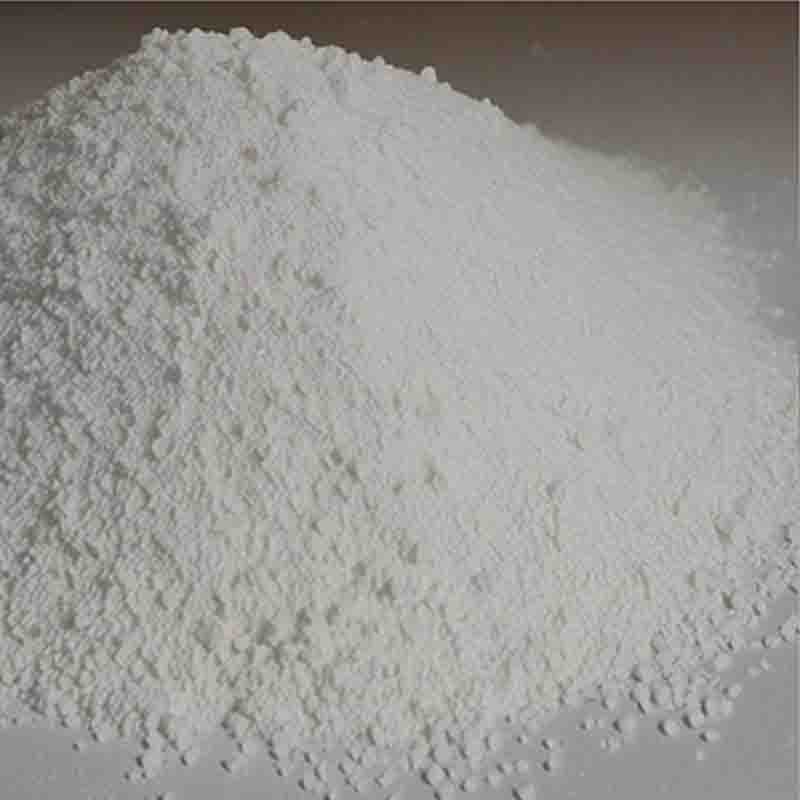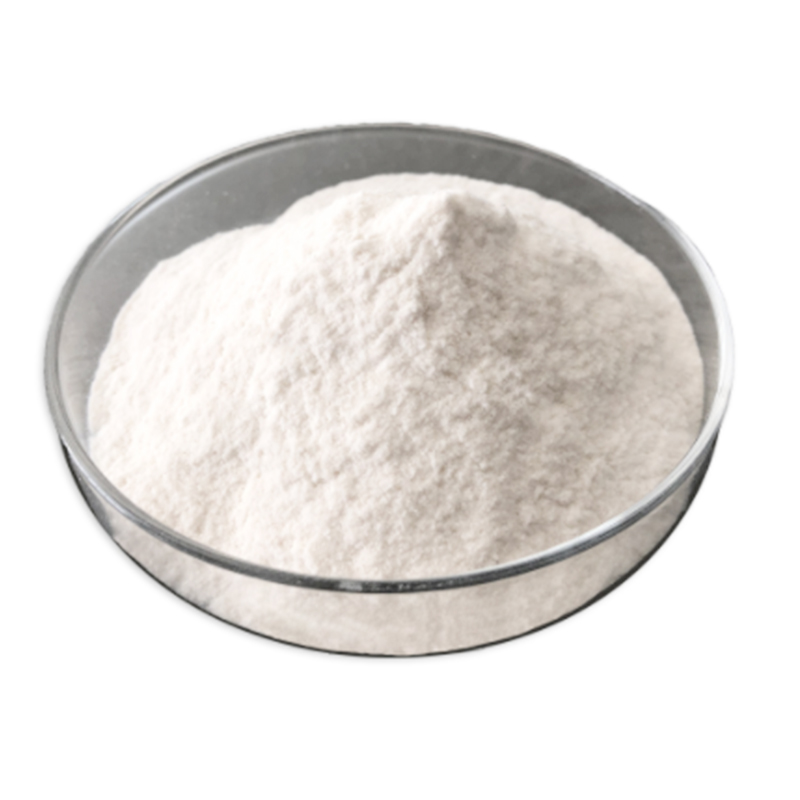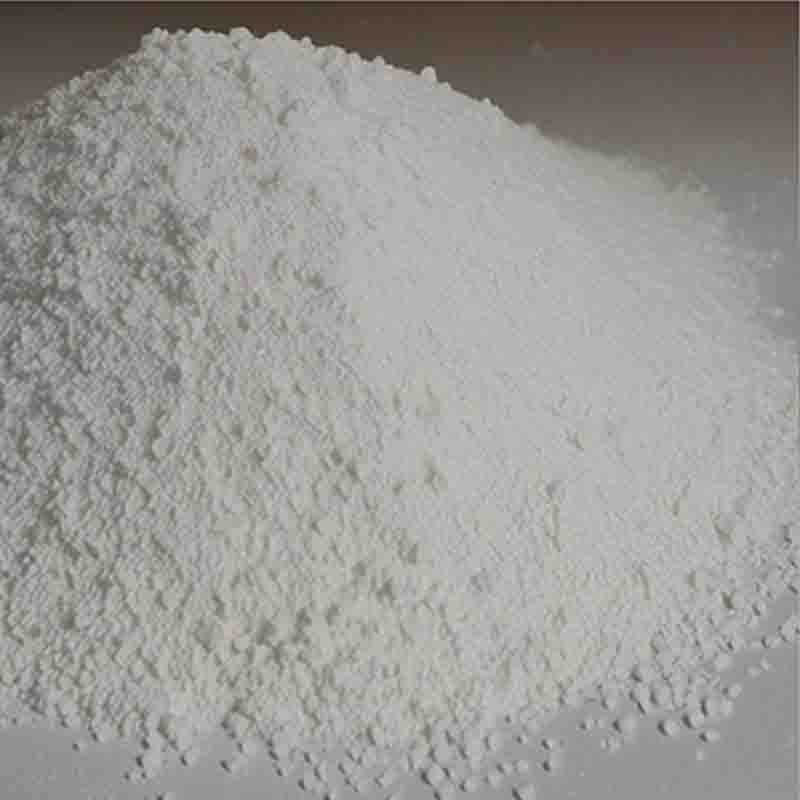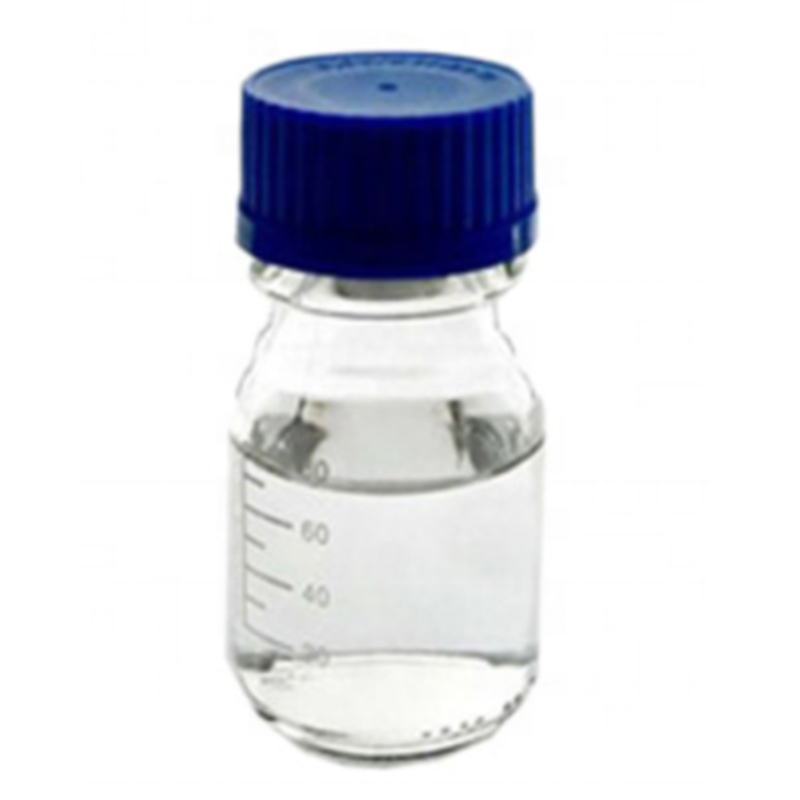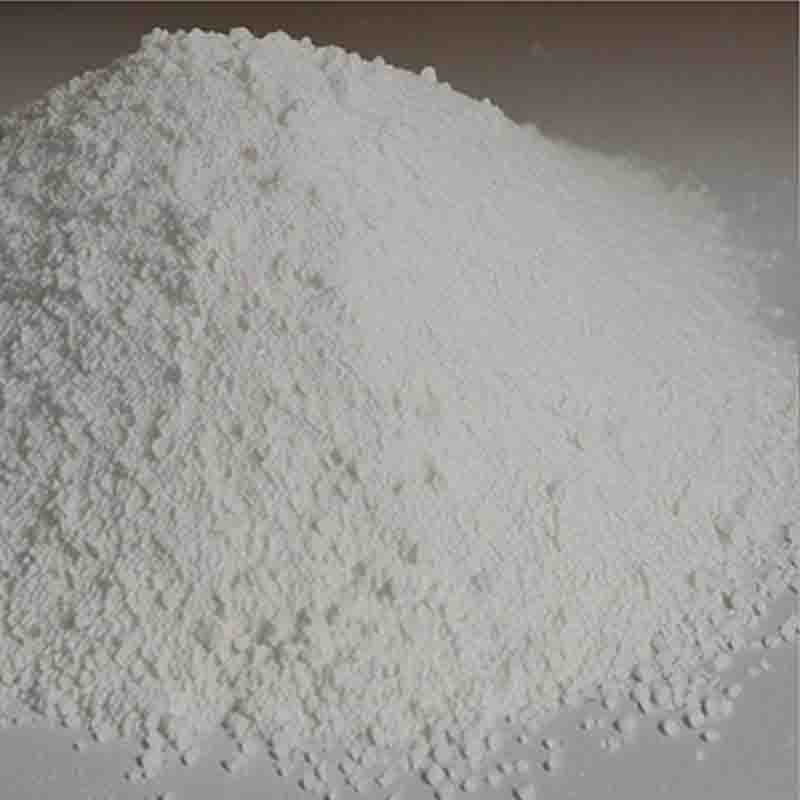P-Nitrobenzylalcohol CAS:619-73-8
| Catalog Number | XD94792 |
| Product Name | P-Nitrobenzylalcohol |
| CAS | 619-73-8 |
| Molecular Formula | C7H7NO3 |
| Molecular Weight | 153.14 |
| Storage Details | Ambient |
Product Specification
| Appearance | White powder |
| Assay | 99% min |
P-Nitrobenzylalcohol, also known as 4-nitrobenzyl alcohol, is a chemical compound that possesses various effects and applications. This organic compound is derived from benzyl alcohol, with a nitro group (NO2) attached to the para position of the benzene ring.One significant effect of P-Nitrobenzylalcohol is its use as a protecting group in organic synthesis. With the presence of a hydroxyl (OH) group, this compound can be used to temporarily block or protect reactive functional groups during certain chemical reactions. By selectively protecting an OH group, reactions can be carried out without unwanted reactions occurring at that site. When the desired reactions are complete, the protection can be removed, yielding the desired product. This strategy is commonly used in organic synthesis to control the regioselectivity and stereochemistry of reactions.Another effect of P-Nitrobenzylalcohol is its potential as a precursor for the synthesis of various organic compounds. The nitro group present in this compound can undergo reduction reactions, resulting in the formation of primary amines. These amines can then be further modified to obtain a diverse range of compounds, including pharmaceuticals, agrochemicals, and dyes. The versatility of P-Nitrobenzylalcohol as a starting material makes it valuable in organic synthesis and drug discovery research.Furthermore, the nitro group in P-Nitrobenzylalcohol can participate in various reactions, such as nucleophilic displacement. This can be exploited to introduce functional groups at the para position of the benzene ring. By reacting P-Nitrobenzylalcohol with different nucleophiles, such as amines, thiols, or alkoxides, chemists can modify the compound and generate new derivatives with specific properties or activities.P-Nitrobenzylalcohol also exhibits antibacterial and antifungal activities. Research has shown that this compound possesses inhibitory effects against a wide range of microorganisms, including both Gram-negative and Gram-positive bacteria, as well as fungi. This makes P-Nitrobenzylalcohol a promising candidate for the development of antimicrobial agents.In conclusion, P-Nitrobenzylalcohol demonstrates various effects and applications in organic synthesis and medicinal chemistry. Its role as a protecting group, precursor for functional group transformations, and antimicrobial activity make it a versatile compound. Further research and exploration of P-Nitrobenzylalcohol's potential could lead to the development of new protective strategies, drug candidates, and antimicrobial agents.


